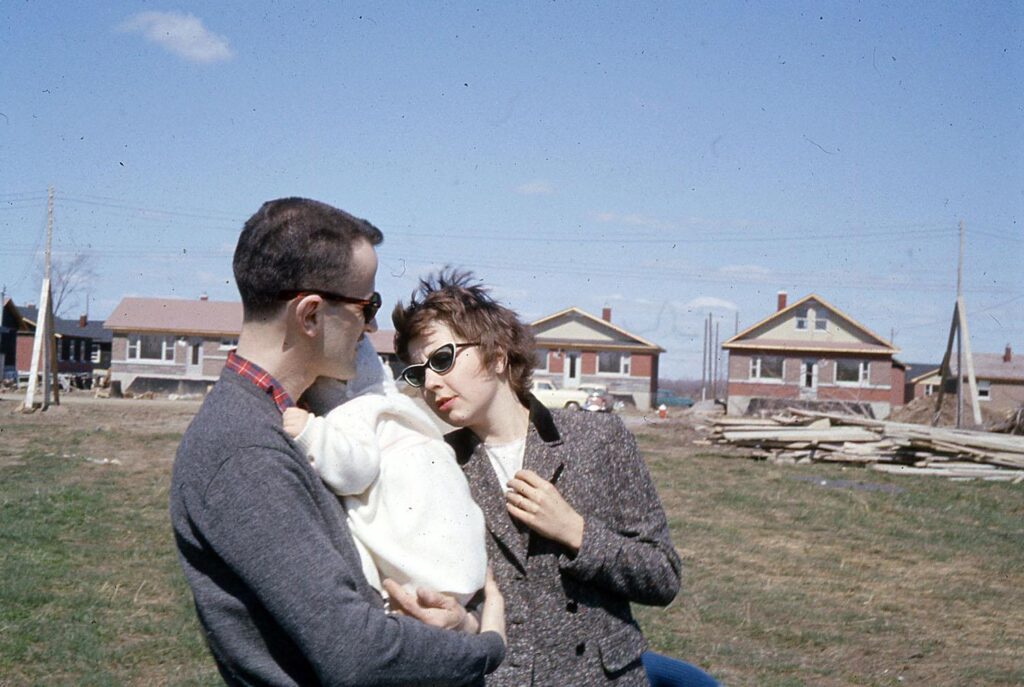The current housing crisis is not a new phenomenon. Canada has faced multiple housing crises over the years, often linked to large-scale population shifts. Notable examples include the Great Irish Famine (1845-1852), the Great Depression of 1929, and World War II, followed by a rural exodus and the baby boom (1946-1964). These population movements led to the most severe housing crisis in Canadian cities in the early 1950s. At that time, the majority of middle-class citizens were renters, and homeownership, as today, was a significant challenge.
Causes of the Current Crisis
The current housing crisis bears many similarities to the crisis of the 1950s: significant population movement, a slowdown in residential construction, unaffordable housing for the middle class, and a difficult economic context. However, other factors are now intensifying the crisis, such as housing regulations across three uncoordinated levels of government, administrative delays, evolving family dynamics (increased divorces and separations), and the post-pandemic effects (material shortages, price surges). Additionally, large-scale land purchases by corporations, the rise of short-term rentals (Airbnb), developers’ preference for luxury housing, and labor shortages worsen the situation. It’s clear that reducing immigration would only worsen the labor shortage.
The Example of the Montreal Cooperative
In 1955, inspire by the Nova Scotia Antigonish Movement, the Montreal Cooperative purchased lands in St-Léonard-de-Port-Maurice, where it built 655 houses between 1956 and 1962, sold at prices ranging from 8,500$ to 12,000$, approximately 40% below the market price at the time. Financed by Desjardins and with support from all three levels of government, the cooperative enabled working-class families to access homeownership. To be eligible, one needed to have held a stable job for at least two years, with an income equivalent to a factory wage. The homes were sold at cost, and cooperatives built more than 10,000 houses between the 1950s and 1960s in the greater Montreal.

Yonge couple lookin at their house being build in St-Leonard on Montreal island


Left the grocery store manage by the Co-op movement where member got discount at time of purchase and a cash back at end of the year. Right aerial vu of the subdivision during construction of the 650 home where build and sold at cost to the members


Left example of contraction in progress. Right example of the same home today around 1100 square feet with 8 feet height basement fully finish will give you 2200 square feet.
Today, the cooperative concept should be modernized, but the ultimate goal remains the same. To alleviate the housing crisis, some countries have favored high-rise apartment buildings, but these structures with limited green space hold little appeal for younger generations and don’t address the current crisis. Canada, with its vast lands, has enough space to support single-family homes, condos, duplexes, or triplexes, each with landscaped surroundings and gardens.


